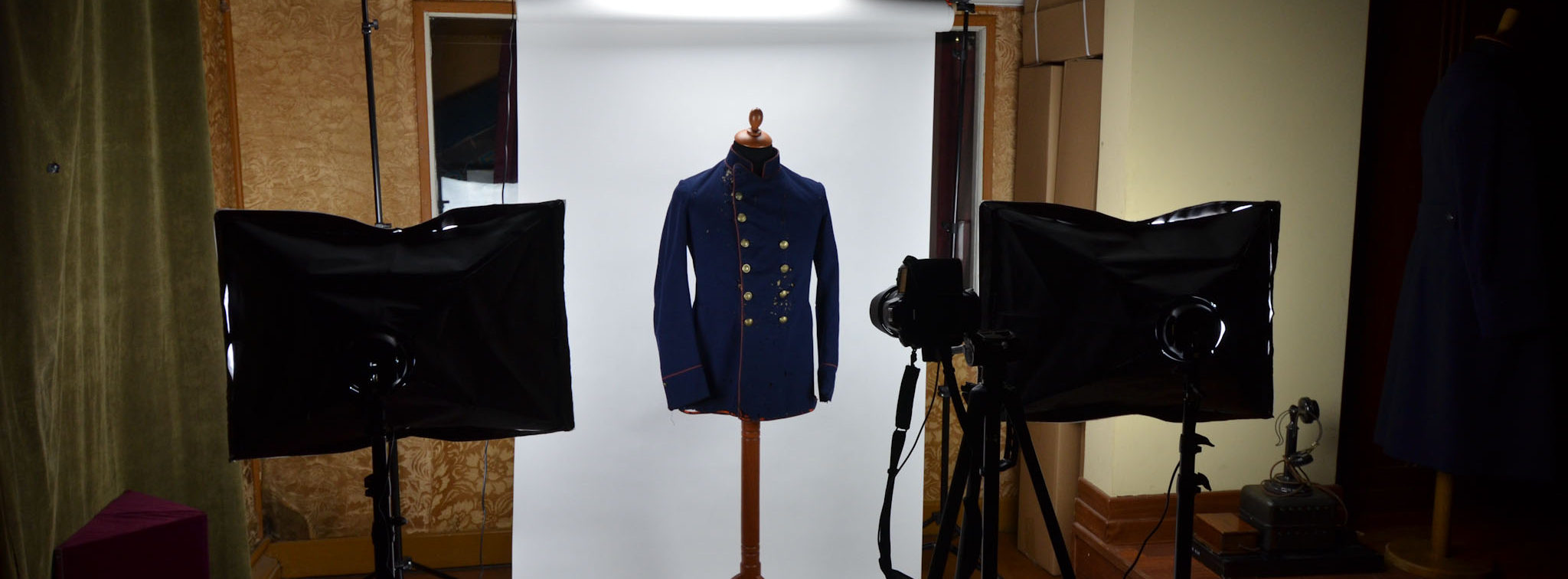Station Museum
Digitisation of museum collections and archives
2016
About
The Station Museum in Warsaw is going to have ca. 4,000 objects of historic significance related to railways digitised by us. Thanks to new technology the forgotten gems of rail industry will be revived and train enthusiasts will get unlimited access to the impressive collection of the Museum.
Stop at the Museum Station
The Station Museum (former Railway Museum) is a cultural institution located in the building of already closed Warsaw Main Railway Station. The Station gathers technical exhibits related to railways. Its collection includes, among others, historical rolling-stock, which operated on Polish tracks in the past, elements of rail infrastructure, as well as valuable historical artifacts, consisting of maps, model trains and railroads, old uniforms, clocks, lamps, telephones and a collection of old documents and photographs. Now, within the framework of the project “Forgotten gems – digitised and shared in the Station Museum”, those resources will get a new life. New Amsterdam is going to carry on the whole process of digitisation of the valuable collection and making it available.
Scope of work
The collection to be digitised includes part of numerous archival materials documenting the history of Polish railways.
Among the objects dated mainly between the nineteenth and the twentieth century are such artifacts which, due to their delicate structure and state of preservation, require special attention and experience when scanning. The project for the Station Museum totals ca. 4000 objects that will be scanned from original documents, negatives and photographs, then edited and stored in digital format. Among the digitised objects are photographic negatives, postcards, drawings, prints, historical tickets and diplomas, items of technical documentation, photo books and large-format railway maps, which we will scan with specialised equipment. Moreover, we will create ca. 250 digital representations of objects in a 360-degree-view.
The project is funded by the Ministry of Culture and National Heritage within the framework of the “Digital Culture” Programme.




